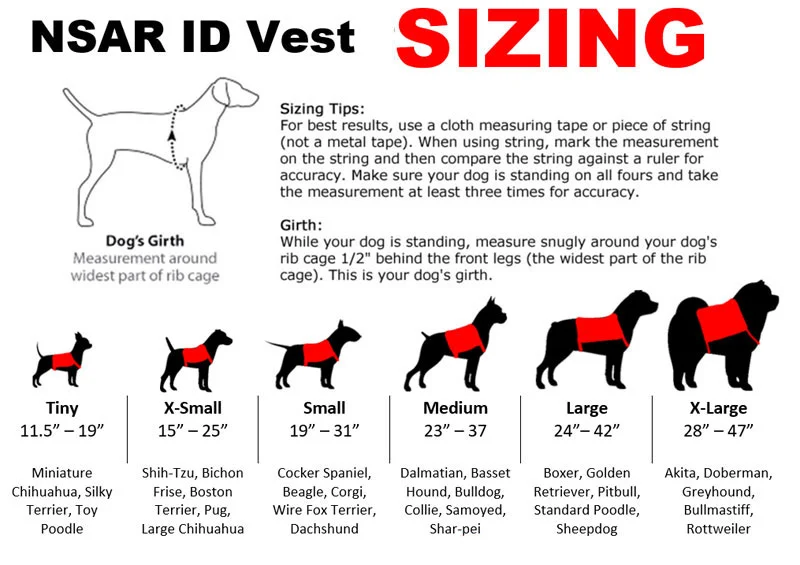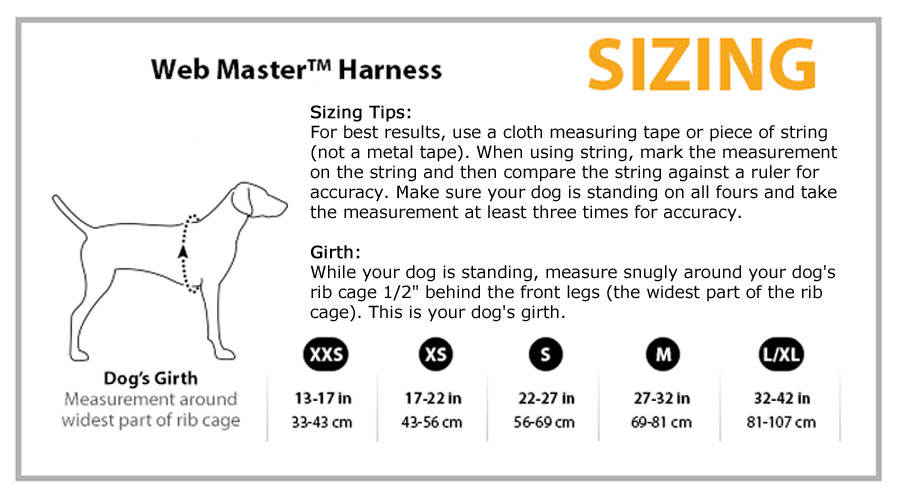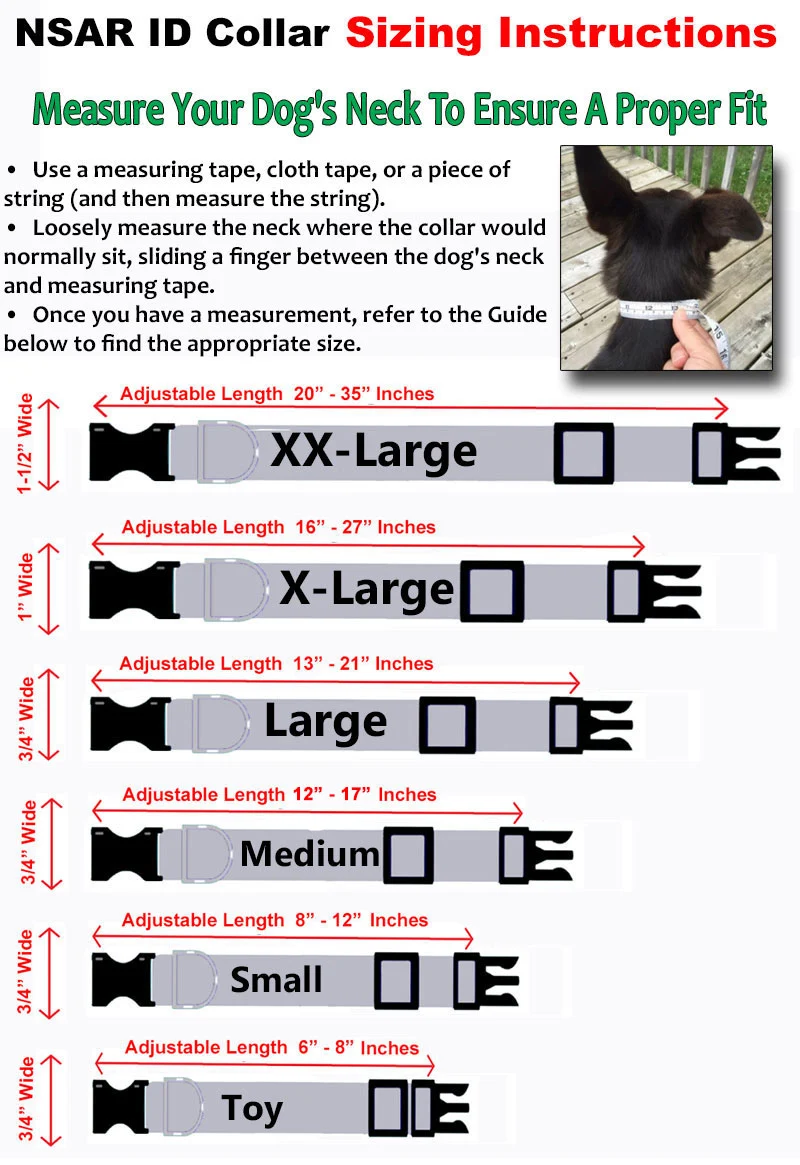How to Talk to Your Landlord About Your Emotional Support Animal (ESA)

Navigating housing as an emotional support animal (ESA) owner can feel daunting, especially when approaching your landlord. Whether you’re worried about pet policies, additional fees, or potential resistance, understanding your rights and preparing for the conversation can help ensure a positive outcome. In this guide, we’ll walk you through the key steps to successfully discussing your ESA with your landlord, addressing common concerns, and asserting your legal protections.
What Is an Emotional Support Animal (ESA)?
An emotional support animal is a companion animal that provides therapeutic benefits to individuals with emotional or psychological conditions. Unlike service dogs, ESAs do not require specialized training. However, they are recognized under federal law as necessary accommodations for individuals with disabilities.
ESA vs. Service Animal: Key Differences
- Service Animals: Trained to perform specific tasks for individuals with disabilities (e.g., guiding the visually impaired).
- ESAs: Provide emotional support and companionship but do not require specialized training.
- Legal Protections: ESAs are protected under the Fair Housing Act (FHA) but are not granted public access rights like service animals.
Understanding Your Legal Rights and Protections
Before approaching your landlord, it’s crucial to know your rights under the law.
Fair Housing Act (FHA) and ESAs
The Fair Housing Act (FHA) mandates that landlords must provide reasonable accommodations for tenants with disabilities, including allowing emotional support animals, even in housing with a “no pets” policy.
Key Legal Points:
- Landlords cannot charge pet deposits or additional fees for ESAs.
- A landlord can request an ESA letter but cannot ask for detailed medical records.
- ESAs do not have to be registered, but they do require an official letter from a licensed mental health professional.
- Landlords can only deny an ESA if it poses a direct threat to health and safety or causes excessive property damage.
How to Qualify for an ESA
To qualify for an emotional support animal, you must have a diagnosed emotional or mental health condition that significantly impacts your daily life. A licensed mental health professional (LMHP) can assess your condition and, if appropriate, provide an ESA letter.
Steps to Obtain an ESA Letter:
- Consult a Licensed Mental Health Professional (LMHP).
- Explain Your Need for an ESA.
- Obtain a Properly Formatted ESA Letter.
- Ensure the Letter Includes Necessary Information:
- LMHP’s contact details and license number.
- Statement of your disability and need for an ESA.
- Date and signature.

How to Approach Your Landlord About Your ESA
Once you have your ESA letter, it’s time to communicate with your landlord. Here’s how to approach the conversation effectively:
Step 1: Review Your Lease Agreement
Check if your lease mentions pet policies or accommodations for assistance animals. Understanding the existing terms can help you anticipate potential objections.
Step 2: Gather Essential Documents
Have your ESA letter ready and ensure it’s from a legitimate licensed provider. Be prepared to reference the Fair Housing Act if needed.
Step 3: Initiate the Conversation in Writing
A written request helps maintain a professional and clear record. Use the following template:
Sample Email or Letter:
Subject: Request for Reasonable Accommodation – Emotional Support Animal
Dear [Landlord’s Name],
I hope this email finds you well. I am writing to formally request a reasonable accommodation under the Fair Housing Act (FHA) for my emotional support animal (ESA). My licensed mental health professional has prescribed my ESA to assist with my disability, and I have attached my ESA letter for your reference.
I would appreciate the opportunity to discuss this further and ensure all necessary steps are taken. Please let me know a convenient time to connect.
Thank you for your time and consideration.
Best regards,
[Your Name]
[Your Address]
Step 4: Prepare for Questions and Objections
Some landlords may be unfamiliar with ESA laws. Be ready to calmly explain that ESAs are not pets and that you are requesting a legally protected accommodation.
Step 5: Remain Professional and Assertive
If your landlord is hesitant, politely restate your rights and refer to FHA regulations. If issues persist, you may file a complaint with the U.S. Department of Housing and Urban Development (HUD).
Frequently Asked Questions (FAQs)
Can my landlord deny my ESA?
A landlord can only deny an ESA if it poses a legitimate health or safety risk or causes significant property damage.
Does my ESA need to be professionally trained?
No. Unlike service animals, ESAs do not require specialized training.
Can my landlord charge extra fees for my ESA?
No. Under the FHA, landlords cannot impose pet fees, deposits, or additional rent for an ESA.
What if my landlord still refuses?
If your landlord denies your ESA request without legal grounds, you can file a complaint with HUD or seek legal assistance.
Conclusion
Discussing your emotional support animal with your landlord doesn’t have to be stressful. By understanding your rights, preparing your documentation, and communicating professionally, you can navigate the process with confidence.
If you need an ESA letter from a licensed professional, we’re here to help. Click [here] to get started and ensure you have everything needed to secure housing with your ESA!








































































